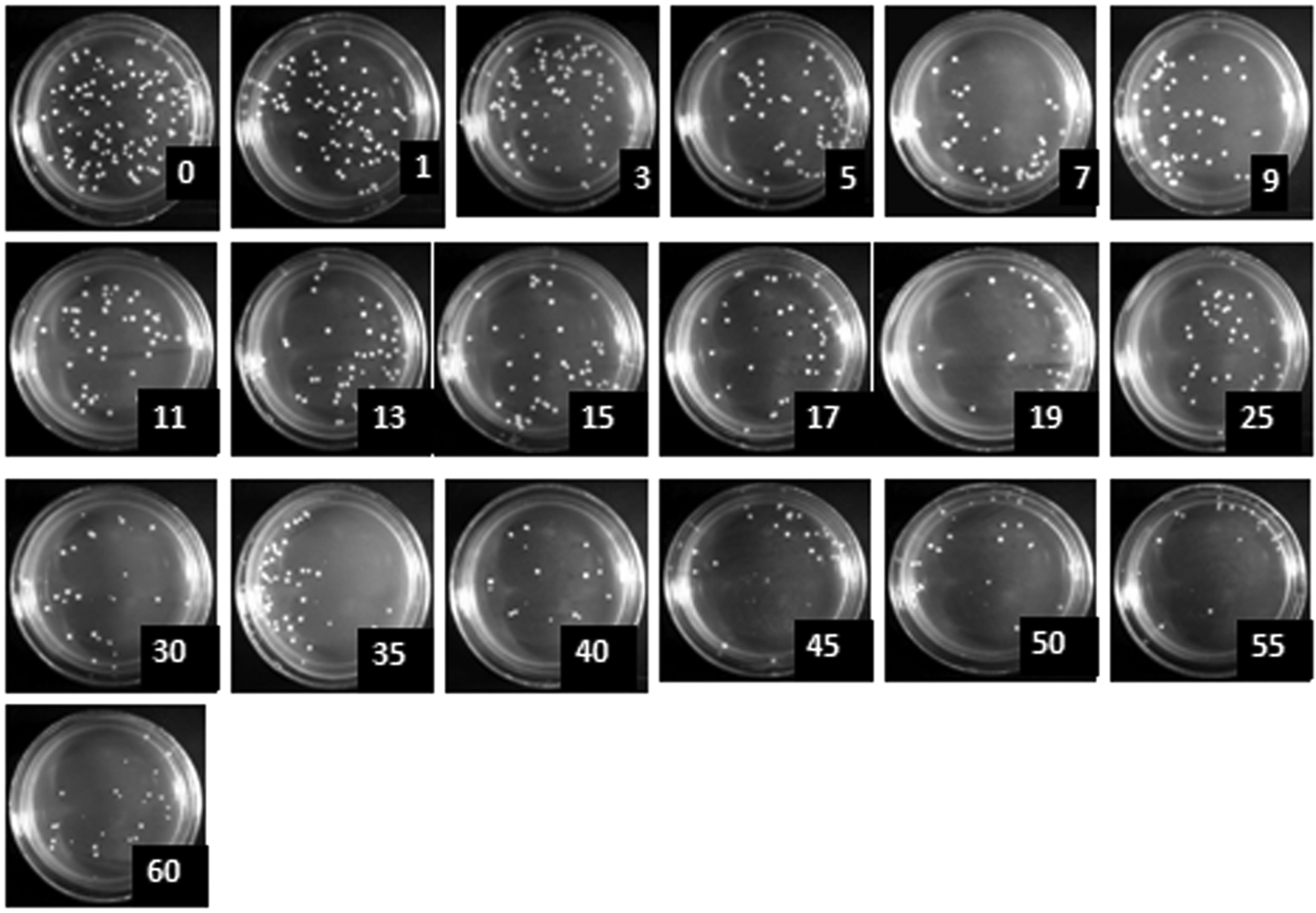However, today this is not the case. Today’s bacteria are getting faster, stronger and more resistant to even our most aggressive antibiotics. This has prompted scientists to look in other nooks and crannies of our world to find the next solution to our growing resistant population of angry bacteria.
Staphylococcus aureus is the most infectious of the common staphylococcal species of bacteria and can cause a wide range of illness varying from skin and soft tissue infections to much more serious ones that
can infect multiple body systems and can be lethal.

This pictures shows magnified Staphylococcus aureus, a common bacteria that commonly causes infection in the skin and nasal passages. More serious infections can arise in the lungs, heart, bones, other soft tissue and can spread via the bloodstream. Resistant S. aureus evades treatment from some antibiotics and is much more difficult to clear from the body. Photo credit: United States Department of Labor, Occupational Health and Safety Administration
Using photo-irradiation techniques described in the paper, research scientists from New York Institute of Technology demonstrated that using 470-nm wavelength of light, in the blue region of the light spectrum, killed colonies of the resistant strains of bacteria. The team was also able to demonstrate that this wavelength could be used in a clinical setting, for close range photo-irradiation where infection of MRSA is cutaneous or subcutaneous, close to the surface.
Previous studies have indicated that 405nm light can effectively kill resistant bacteria, but the current study showed that 470nm light can have the same results without giving of UV radiation, limiting risks involved with possible treatment. In the current study, researchers exposed two strains of MRSA to different dosages of the 470nm light. Staph strains US-300 and IS-853 represent common strains that are caught in a community setting and in a hospital setting respectively. Although hospital acquired infection is limited to a clinical setting, community acquired MRSA can be much more dangerous, as the average age of infection is 23. According the authors of the study, “CA-MRSA has been found in more common environments, such as computer keyboards, 9 that were never before believed to harbor such deadly bacteria. Moreover, outbreaks of CA-MRSA have been reported in schools, locker rooms, sporting arenas, and other locations in which sports enthusiasts and athletes congregate.”
 "Representative
"Representativephotographs showing colonies of HA-MRSA (IS-853 strain) irradiated with
470-nm blue light. The number assigned to each photo represents the
irradiation dose (J/cm2). Panel 0 shows a control plate, that received
no irradiation, and the one in the bottom row shows the results of the
highest dose tested (60 J/cm2)". Photo credit: Enwemeka et. al.
By exposing these two types of colonies to various dosages of light, the team determined that high-dose irradiation was able to destroy about 90% of the S. aureus colonies. The success of the in-vitro setting suggests effective clinical use.
Antibiotic resistance is a serious threat to public health. Presently only 5% of staphylococcal strains are effectively treated with penicillin. According to the authors of the paper, there are an estimated 2 billion people that carry some strain of S. aureus worldwide. Even new antibiotics, using semi-synthetic penicilliase-resistant penicilians, such as methicillin are only 40-50% effective against S. aureus.
"It is inspiring that an inexpensive naturally visible wavelength of light can eradicate two common strains of MRSA,” says first author and PhD, Chukuka S. Enwemeka. “Developing strategies that are capable of destroying MRSA, using mechanisms that would not lead to further antibiotic resistance, is timely and important for us and our patients."
References:
Blue 470-nm Light Kills Methicillin-Resistant Staphylococcus aureus (MRSA) in Vitro. Enwemeka et. al. Photomedicine and Laser Surgery Journal. 27(2) Aprill 2009. DOI: 10.1089/pho.2008.2413




Comments